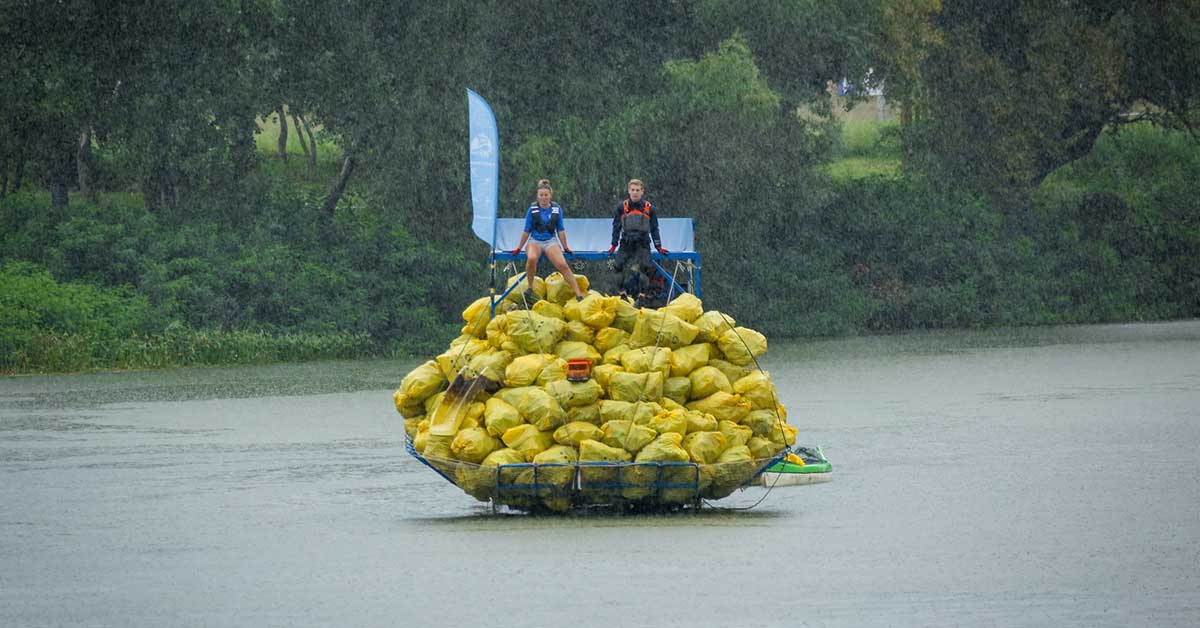
The construction of a new reservoir in the triangle of Tisza, Túr, and the Ukrainian-Hungarian border was finished in October. It’s the third facility on the Upper Tisza, after the Szamos-Kraszna and Bereg reservoirs, to provide adequate flood protection for the affected settlements in case of high water levels in the river. The European Union and Hungary sponsored the complex water damage prevention project to mitigate the harmful effects of increasing weather extremes, flood and inland water, and drought damage.
As the MP of the region, Attila Tilki, highlighted in his social media post, “the people who live here know exactly how fast the big water comes.” He also added that “The river at Tiszabecs rose 3.6 meters in a single day, 8.5 meters until it peaked on March 6, 4.7 meters in a single day at Tivadar, it overflowed 12 meters to the top in 2001.”
The facility was built on a 16 square kilometer area, and its capacity is 42 million cubic meters of water, which means it can reduce the water level of the Tisza by 50 centimeters during floods.
The scale of the project was massive in the area: 18 kilometers of roads around the reservoir were paved, and 7 kilometers of Túr’s embankments were strengthened. While nearly 50 kilometers of the surrounding canals were reconstructed, there was a need to build three mobile flood protection walls and renovate seventeen sluices.
As a secondary benefit beyond water management, the new reservoir also supports development plans of neighboring settlements, including the growth of tourism and the preservation of nature, and the actual revitalization of the floodplain.


